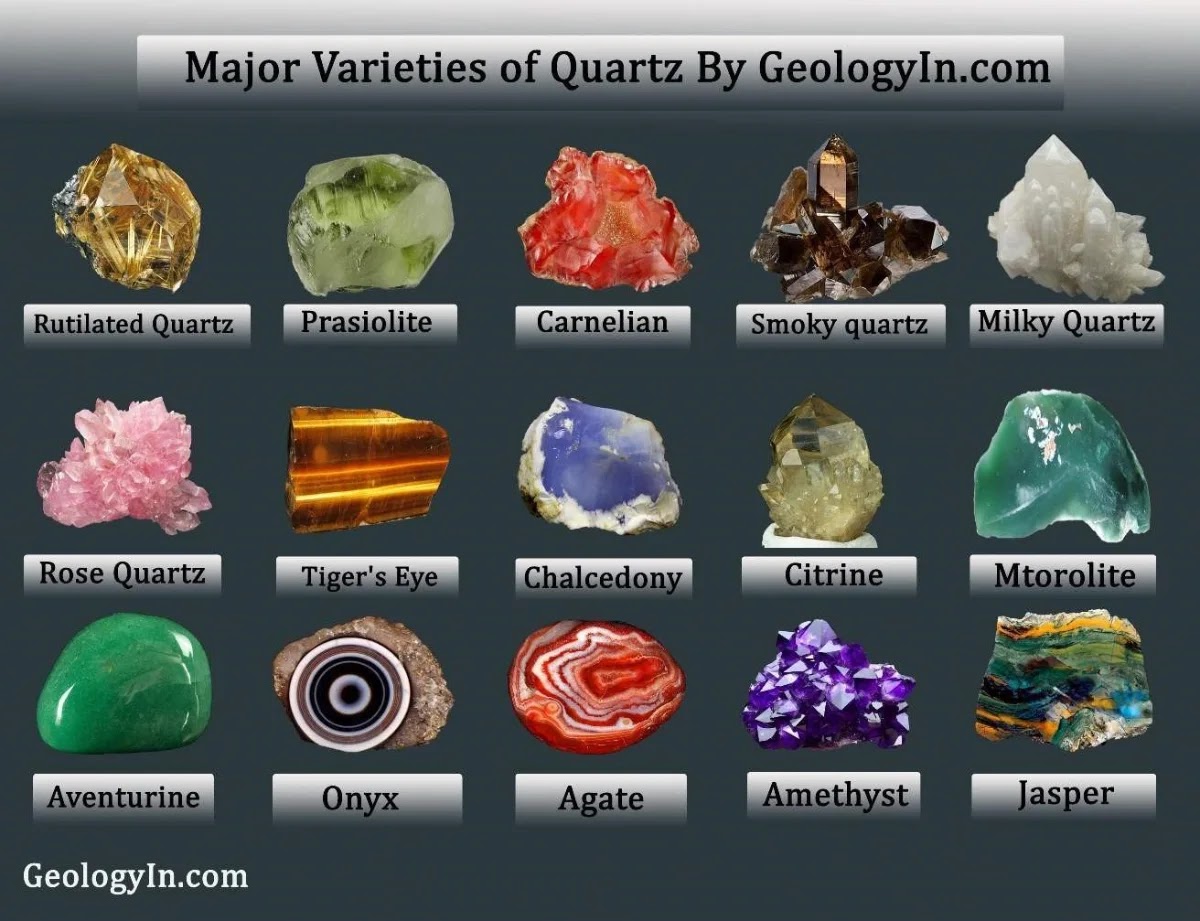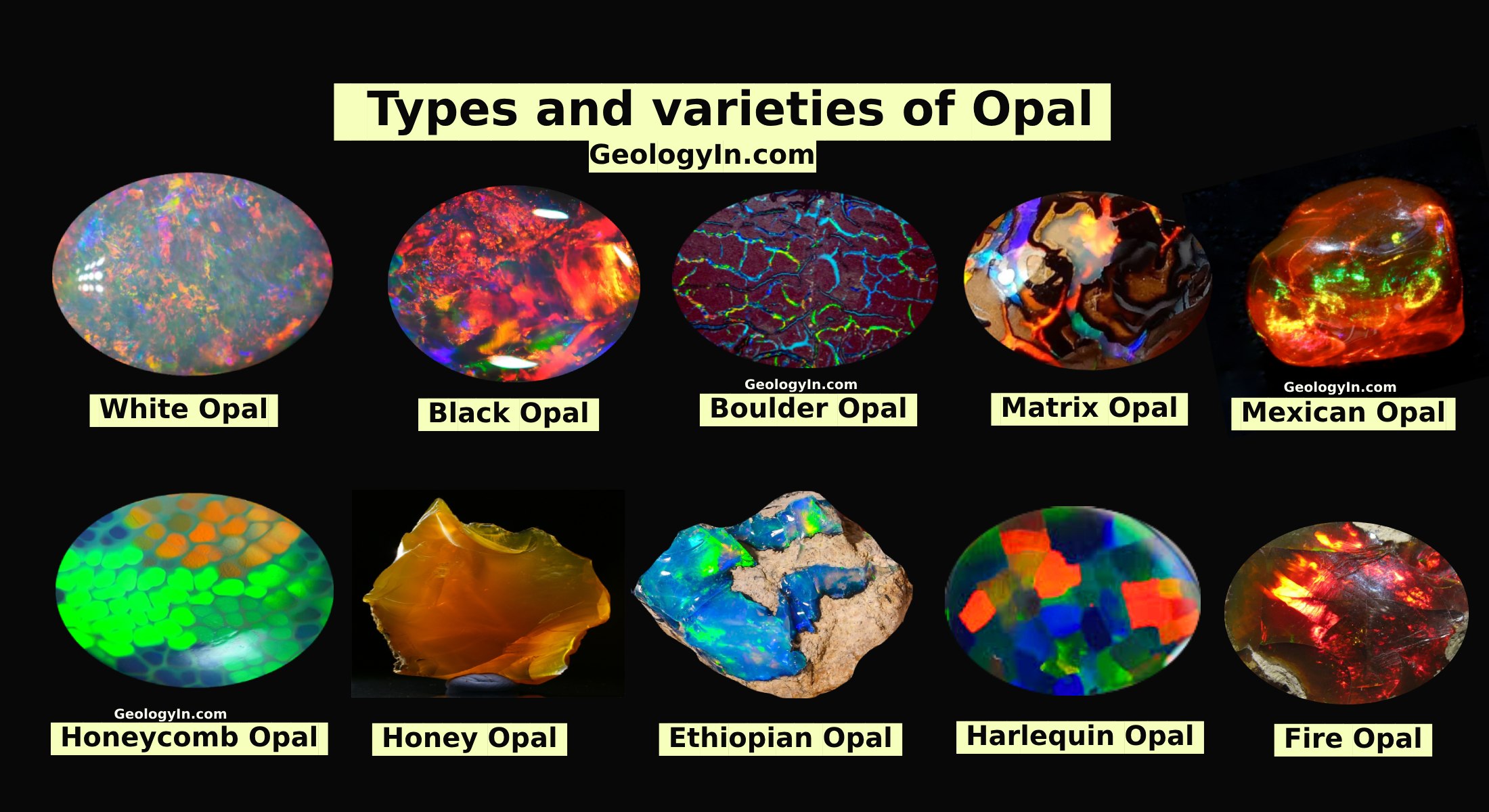Types of Amber With Photos
Amber is a naturally occurring, fossilized tree resin. It is a natural gemstone that has been used for jewelry and other decorative objects for centuries. Amber is found in a variety of colors, including yellow, orange, brown, red, and black. It is also found in a variety of shapes, including tears, beads, and rods.
Amber is formed when tree resin is exposed to heat and pressure over time. The resin hardens and becomes a solid gemstone. Amber can contain trapped insects and other organic matter, which makes it a valuable source of information about ancient ecosystems.
The oldest amber recovered dates to the Upper Carboniferous period (320 million years ago).
Types of Amber
Types of Amber. One method of classifying amber is by color and degree of transparency. This criteria correlates to an optical classification of amber varieties. Colors of amber include yellow, orange, red, white, brown, green, bluish, and "black" (dark shades of other colors).
Baltic Amber
 |
| Baltic amber. Photo: Zack Irow |
Baltic amber - the most common amber variety, found along the shores of a large part of the Baltic Sea. It dates from 44 million years ago (during the Eocene epoch). It has been estimated that these forests created more than 100,000 tons of amber. Baltic amber includes the most species-rich fossil insect fauna discovered to date.
Black Amber
 |
| Amber typical varies from light to dark orangy brown Courtesy: Martha Zuniga |
Black amber - aka Oltu stone,is a kind of jet found in the region around Oltu town within Erzurum Province, eastern Turkey. The organic substance is used as semi-precious gemstone in manufacturing jewellery.
Blue Amber
 |
| Blue amber from Dominican Republic |
Blue amber is amber exhibiting a rare coloration. It is most commonly found in the amber mines in the mountain ranges around Santiago, Dominican Republic, but also in the eastern parts of the Dominican Republic. Although little known due to its rarity, it has been around since the discovery of Dominican amber.
Burmese Amber
 |
Burmese amber (99- 112 myo) with huge perfect scorpion
|
Burmese amber, also known as burmite, is a Cretaceous-age amber found mainly in the Hukawng Valley, Kachin State, Myanmar (Burma). It is known for its exceptional clarity and its high frequency of insect inclusions. Burmese amber is considered one of the most valuable types of amber due to its rarity and beauty. The most common amber containing insect inclusions of the Cenomanian.
Copal Amber
 |
| Copal from Madagascar with spiders, termites, ants, elateridae, hymenoptera, cockroach and a flower |
Copal is a name given to tree resin from the copal tree Protium copal (Burseraceae) that is particularly identified with the aromatic resins used by the cultures of pre-Columbian Mesoamerica as ceremonially burned incense and other purposes.
Green Amber
 |
| Green amber from Dominican Republic |
Green amber like its yellow and blue counter parts release a natural scent which is pleasant to the nose. This fragrance can be enhanced by adding nitric acid to a melted green amber. Although this is inadvisable for those amber that are already set as jewelries. Green amber when worn against the skin produces a very pleasant scent which is piney and soft.
Caribbean Amber
 |
| Caribbean green-honey amber credit: Hermann Dittrich |
Caribbean amber is amber from the island of Hispaniola, consisting of Haiti and the Dominican Republic; it is the only island in the Caribbean where amber retinite has been discovered and is mined. Dominican amber is found in various natural colors, among them fluorescent green and blue.
Mexican Amber
 |
| Mexican amber nuggets | by National Museums Scotland |
Mexican amber is a Miocene-age amber found mainly in the Chiapas state of Mexico. It is known for its yellow to orange color and its high frequency of insect inclusions, including spiders, scorpions, and beetles. Mexican amber is also known for its occasional presence of plant inclusions, such as leaves and flowers.
 |
| A truly spectacular leaf in Myanmar amber old 100 million years Credit: Federico Barlocher |
Amber is a fascinating gemstone with a long and rich history. It is a valuable source of information about ancient ecosystems, and it is also a popular collector's item. With its wide variety of colors and types, amber is sure to continue to be prized by collectors and jewelry makers for many years to come.
See also:Cherry Blossom Stones is a Natural Wonder (Photos)
10 Interesting facts about Geodes
Types of Mineral Inclusions with Photos









%20(1).webp)